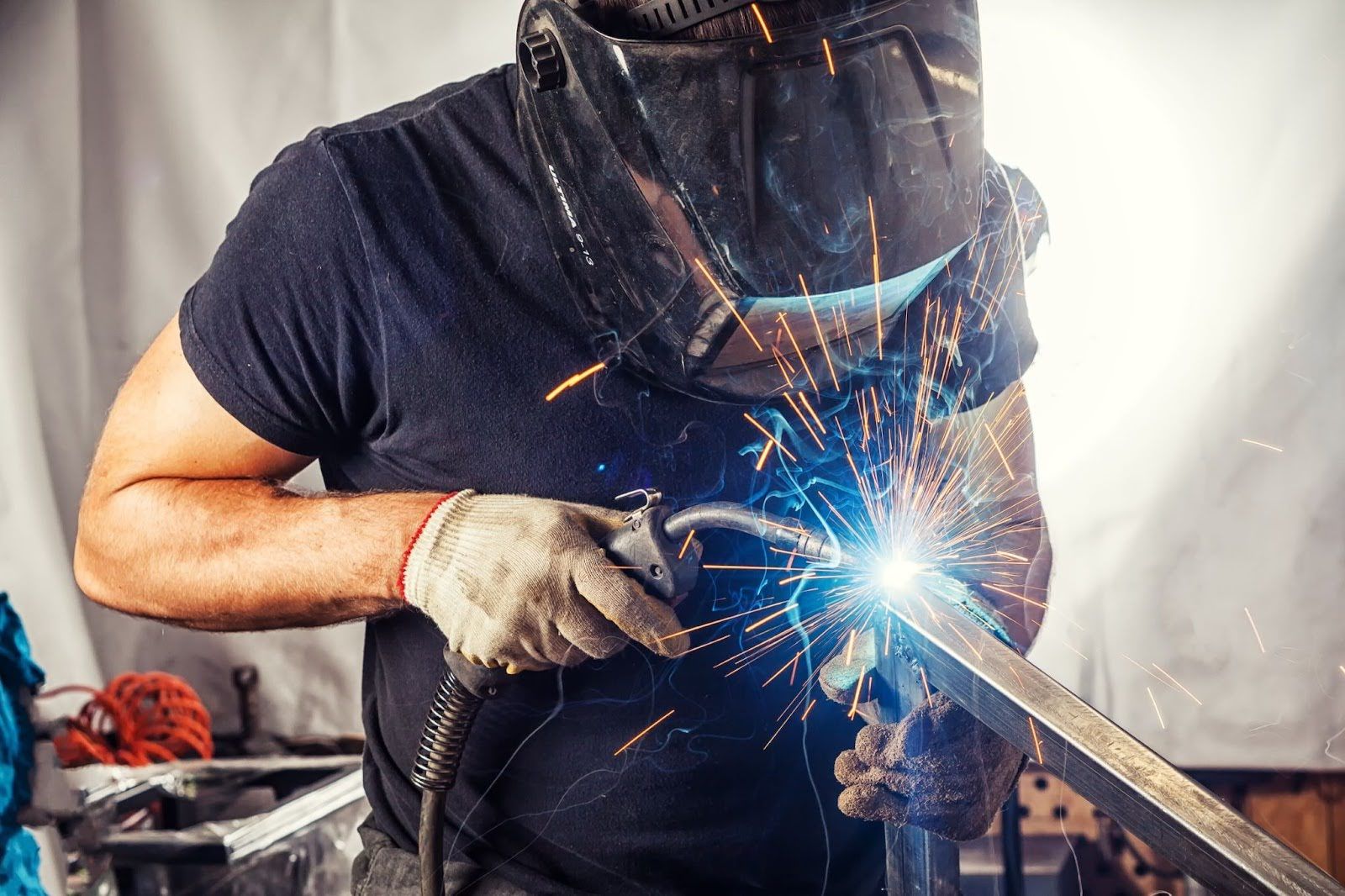Preventing Weld Undercut: Proven Methods Every Welder Need To Know
Preventing Weld Undercut: Proven Methods Every Welder Need To Know
Blog Article
Comprehending the Causes and Solutions for Undercut Welding in Steel Construction Processes
In the realm of steel fabrication processes, the incident of undercut welding presents a significant obstacle that demands an extensive understanding of its causes and sensible options. The elaborate interaction of numerous factors throughout welding operations can lead to this undesirable phenomenon, influencing the architectural integrity and overall high quality of the welded joints - Preventing weld undercut. By dissecting the origin of undercut welding and checking out efficient therapeutic procedures, fabricators can boost the criterion of their workmanship and make sure the manufacturing of flawless steel parts
Typical Sources Of Undercut Welding
Regularly overlooked in metal construction, undercut welding occurs due to different variables that require precise focus and knowledge to be properly minimized. In addition, inappropriate welding methods, such as using the incorrect welding angle or travel rate, can also add to damage development. The choice of welding criteria, such as voltage, current, and cord feed speed, plays a substantial role in the incident of undercut welding.
Impact of Incorrect Welding Parameters
Imprecise welding criteria can substantially jeopardize the integrity and top quality of welded joints in steel construction processes. The impact of incorrect welding criteria shows up in various ways, causing structural weak points and issues in the welded elements. One vital element impacted by inappropriate welding criteria is the penetration depth of the weld. Insufficient heat input due to low welding currents or excessively high travel speeds can cause insufficient fusion between the base metals, resulting in insufficient joint penetration and damaged bonds. Conversely, extreme warmth input triggered by high welding currents or slow travel rates can bring about burn-through and too much reinforcement, developing a weak and unstable weld structure. Additionally, incorrect parameters such as inappropriate voltage settings or inaccurate electrode angles can contribute to unpredictable weld bead profiles, lack of fusion, and increased chances of issues like undercutting. Consequently, meticulous attention to welding criteria is critical to make sure the production of high-quality welds with the desired mechanical buildings and structural honesty.
Impact of Improper Lantern Angle
Incorrect lantern angle in welding procedures can significantly affect the quality and integrity of the last weld joints in steel construction procedures. The lantern angle plays a critical function in identifying the warmth input and circulation during welding. When the torch angle is incorrect, problems such as undercutting can occur. Damaging is a common welding problem where a groove forms along the weld toe, damaging the joint and endangering its architectural stability.
A lantern angle that is too high can result in not enough infiltration, incomplete blend, and increased spatter. On the various other hand, a torch angle that is as well superficial can result in too much infiltration, burn-through, and distortion of the base material. Preventing weld undercut. important link Proper lantern angle is necessary for guaranteeing constant weld high quality, strength, and appearance
To prevent damaging and other defects triggered by incorrect torch angles, welders need to be trained to keep the right lantern angle throughout the welding procedure. Regular surveillance and change of torch angles during welding can help accomplish sound welds with marginal defects.
Role of Inadequate Welding Methods

One more facet of inadequate welding strategies is improper weld preparation. Insufficient cleansing of the base steels, incorrect joint style, or not enough side preparation can all contribute to damage welding. Furthermore, poor shielding gas coverage or using the incorrect sort of gas can lead to incomplete fusion and the formation of undercut issues.
To attend to the function of inadequate welding techniques in metal manufacture procedures, it is vital to provide extensive training for welders. Proper education and learning on welding parameters, joint preparation, and securing gas option can assist avoid undercut welding and guarantee top quality welds in steel construction projects.
Efficient Solutions for Undercut Welding
Resolving undercut welding in metal construction requires applying reliable services to improve weld quality and architectural integrity. One of the main options to deal with undercut is to readjust welding parameters such as voltage, present, and take a trip rate to guarantee appropriate heat input and blend. By fine-tuning these settings, welders can protect against excessive melting of the base steel and filler product, reducing the chance of undercut formation.
Furthermore, proper joint prep work is important in avoiding undercut. Guaranteeing tidy base great site metal surface areas devoid of pollutants and making use of the ideal bevel angle can help promote far better weld penetration and decrease the threat of undercut - Preventing weld undercut. Utilizing suitable welding techniques, such as weaving or oscillating the lantern, can also aid in distributing heat equally and loading the weld joint properly, decreasing the opportunity of undercut issues
Additionally, choosing the proper welding consumables, consisting of electrodes and filler metals, is crucial in reducing undercut. Utilizing materials with suitable chemical make-ups and mechanical buildings can contribute to achieving sound welds with marginal undercut. Regular evaluation and quality assurance steps should also be executed to spot and attend to undercut issues promptly, ensuring the total honesty of produced metal parts.

Final Thought
To conclude, recognizing the reasons and services for undercut welding in steel construction procedures is essential for attaining top quality welds. By addressing common causes such as incorrect welding criteria, inappropriate lantern angle, and inadequate welding strategies, welders can stop undercutting and guarantee solid, long lasting welds. It is important to pay focus to these aspects and carry out effective options to improve the general welding procedure and end product quality.

Report this page